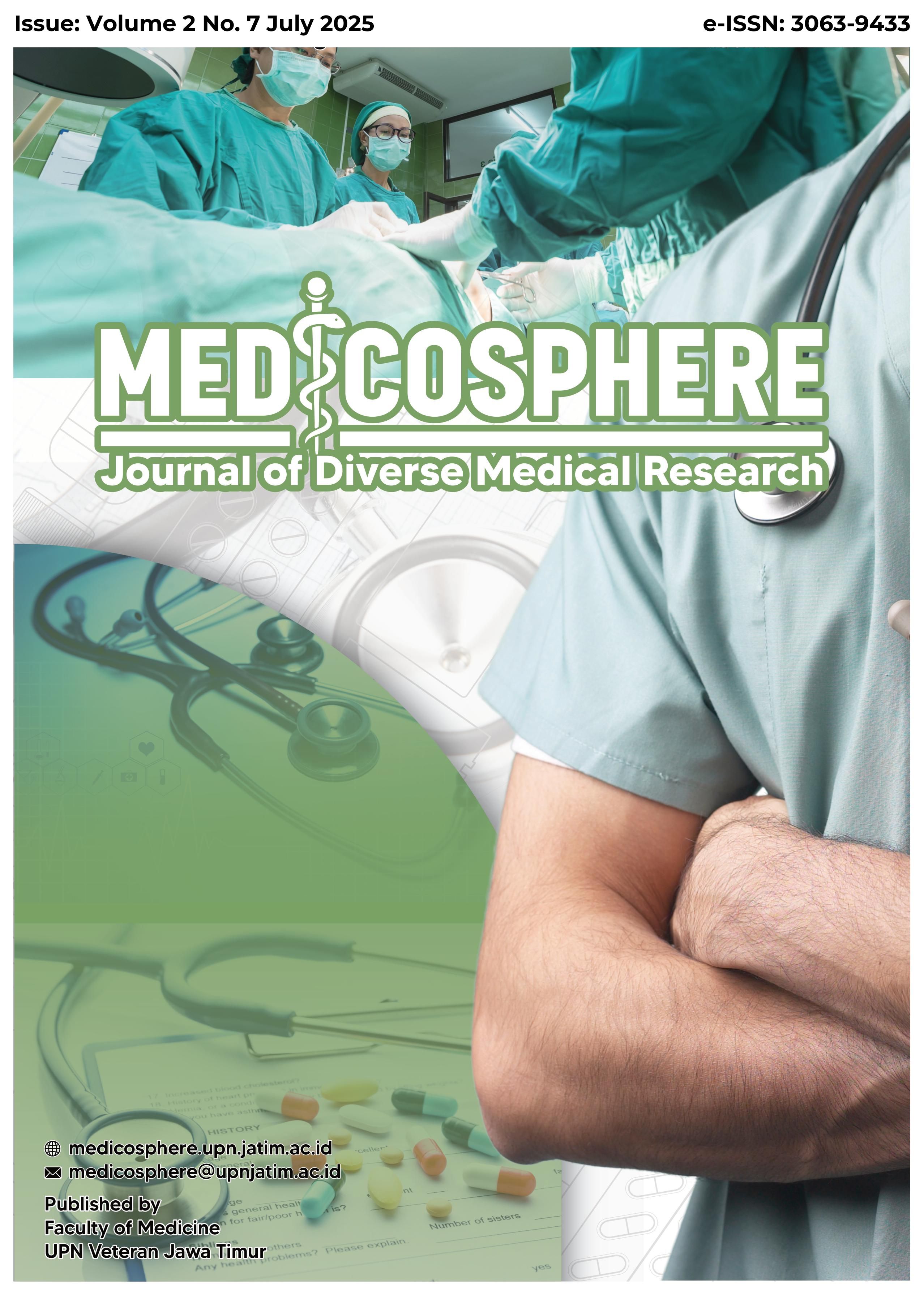Natural History of Subarachnoid Hemorrhage - A Case Report in Developing Country
A Case Report
DOI:
https://doi.org/10.33005/jdiversemedres.v2i7.181Keywords:
VP shunt, obstructive hydrocephalus , subarachnoid hemorrhagicAbstract
Stroke is the second leading cause of death and a significant factor in global disability. Its incidence is highest in developing nations, with ischemic strokes being the most prevalent. Only about 10% to 15% of first-time strokes are Intracerebral Hemorrhages (ICH). Primary hemorrhages make up the majority of strokes, while secondary hemorrhages account for roughly 10–25%. Hydrocephalus is a common complication of aneurysmal subarachnoid hemorrhage (aSAH). Additionally, the presence of hydrocephalus can indicate a greater likelihood of poor outcomes following an ICH. This case explains the natural history of subarachnoid and its management outside of developing countries. VP shunts are often used to treat post-hemorrhagic hydrocephalus, as was done in this case. Rebleeding after VP shunt placement is common. Therefore, appropriate management is needed to prevent increased mortality. Although proper management requires high costs in developing countries.
Downloads
Downloads
Published
How to Cite
Issue
Section
License
Copyright (c) 2025 Journal of Diverse Medical Research: Medicosphere

This work is licensed under a Creative Commons Attribution-NonCommercial-ShareAlike 4.0 International License.






